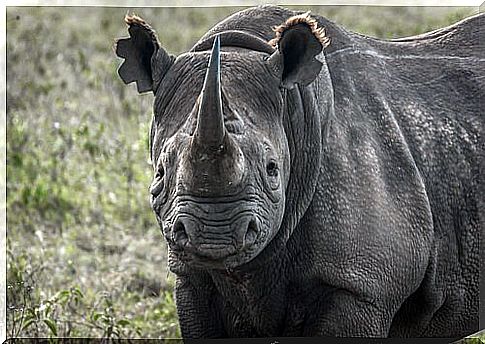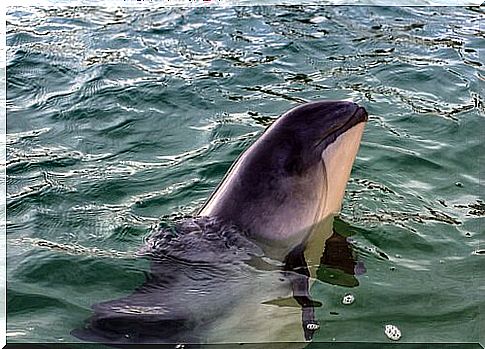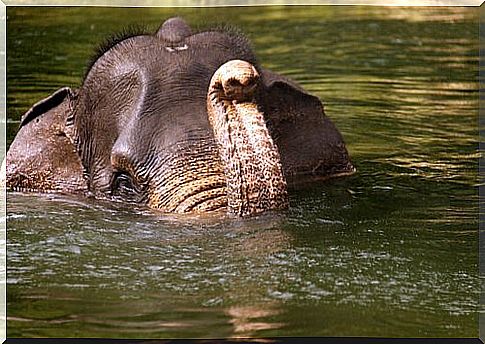5 Species On The Brink Of Extinction

We know what global warming, the depletion of the ozone layer, climate change are and how they work… but we don’t usually name the main ones affected by human actions: animals. These five species on the brink of extinction will not get a second chance unless we drastically change our relationship with the environment.
The black rhinoceros, one of the species on the brink of extinction
At the beginning of the 20th century, there were between five and six deaths of black rhinos per day (picture that opens this article).
European settlers and their special love for hunting decimated the population of this species, which never managed to recover and entered the list of species on the brink of extinction.
In 2011, hunting black rhinos for the purpose of selling their horns on the black market led the International Union for the Conservation of Nature (IUCN) to declare this species ‘officially extinct’ on its Red List.
Despite this, a zoo in the Czech Republic managed to get two cubs to be born in captivity.
The extraordinary marine vaquita
Scientific name Phocoena sinus , the marine vaquita is the rarest cetacean on the planet. Discovered just 60 years ago, it was included in the Red List of the International Union for the Conservation of Nature (IUCN) as threatened with extinction.

In 2015, the population of the marine vaquita was reduced to 97 individuals. In 2017, the population declined by 67% and we currently have fewer than 40 specimens worldwide.
The fishing unethical techniques as well as the pollution of their natural habitat, are some of the factors that led the species to be virtually extinct.
The Amur leopard, the rarest feline on the planet
A survey by a group of Soviet scientists determined that, at the end of the 20th century, there were only 30 free specimens in the world. This leopard, native to the Russian taiga, started to recover just 10 years ago, thanks to local initiatives to save the species.

According to the Leopards of the Far East and WWF Russia, there are currently more than 90 leopards in the wild. This animal, capable of reaching 60 km/h, can once again run freely through its territory if we manage to maintain current conservation initiatives.
The South China Tiger and Predatory Hunting
In 1950, the population of these tigers was estimated to exceed 4,000 specimens. Years of indiscriminate hunting later, only 80 specimens have survived.
Legislation around the marketing of tiger bones has undergone several changes over the past decade: in late 2018, the Chinese government was on the verge of legalizing the marketing of tiger bones.

After protests from the international community, China decided to postpone the measure until it could analyze its impact on the country’s tiger population. Although for the time being the ban is still in effect, there is fear for the survival of this species.
The Sumatran Elephant, another species on the brink of extinction
The ecological organization WWF estimates that this species of elephant is about to disappear completely.
Reports from the IUCN, which add this elephant to its Red List of Endangered Species, state that 85% of its habitat is at risk of being completely destroyed.

This elephant’s diet and lifestyle are essential to maintaining the ecosystem of Indonesia’s forests.
In fact, its disappearance could have irreparable consequences not only for the flora of this country, but also for other endangered species – such as the Sumatran rhinoceros – that coexist in peace and harmony with the elephant within its ecosystem.









